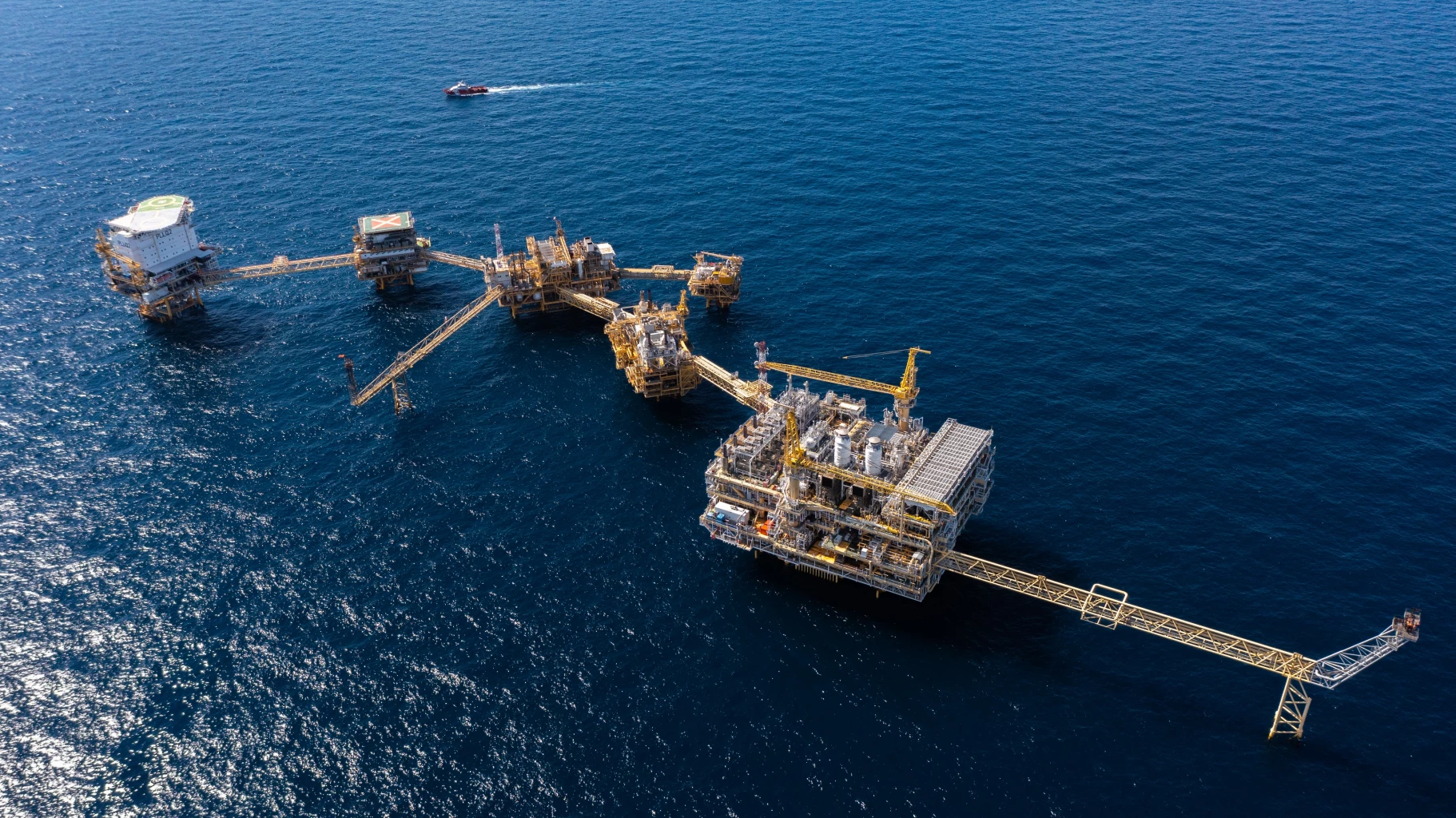Press home Thai edge in logistics, meet hears

Now is the time for Thailand to invest in logistics and transportation to maintain its competitive advantage, as other countries in the Greater Mekong Sub-region (GMS) take steps to lure foreign direct investment (FDI), a forum was told.
Addressing clients of the Bank of Tokyo-Mitsubishi UFJ at the "Investment in Greater Mekong Sub-region" forum, Angkana Meepoly, the bank’s senior vice president, Corporate Advisory Department, Asia Business Division, said the government is on the right track by emphasising logistics development in its Bt2.2-trillion infrastructure projects.
The country needs to continue developing into a logistics hub in Asean, because offering attractively priced logistics services will help secure the presence of existing foreign investors and draw new FDI, she said.
The upcoming launch of the Asean Economic Community (AEC) has prompted a wave of investment. According to Angkana, Thailand has good facilities in place to attract investment, with the exception of low-cost operating bases for companies. Thailand has transformed itself from a labour-intensive industrial base into a base for operations requiring skilled labour.
Japanese investors are maintaining their investments in Thailand because the country not only has complete facilities, but the quality of life is advantageous compared with other countries in the GMS.
The GMS comprises Cambodia, China, Laos, Myanmar, Thailand and Vietnam. The bank will focus on Cambodia, Laos, Myanmar and Thailand because Vietnam at present has internal problems, while China is concentrating on trade rather than direct investment.
The four countries all offer competitive tax rates, yet in terms of corporate income tax, Thailand is among the lowest in the region.
Angkana said each of these countries is attempting to upgrade its facilities to boost economic growth. Cambodia has prepared itself well for drawing foreign direct investment, as reflected in its industrial estates, which are of the same standards as industrial estates in Thailand. Cambodia has positioned itself as a three-pillar economy focusing on tourism, garments and agriculture.
She recommended Thai garment and labour-intensive businesses move to Cambodia. Laos has positioned itself as the "battery" of Southeast Asia, planning to operate 200 hydropower projects to supply electricity to the region. However, the environmental problems caused by hydropower construction pose a challenge to this plan.
Laos has set up industrial estates close to the Thai border in an attempt to draw Thai FDI.
However, labour shortages and the unfinished task of clearing unexploded ordnance left over from the Indochina conflict remain concerns for the country. The job of clearing explosives is still about two-thirds complete, so investors might balk at the risks from explosives or the costs of ensuring their sites are safe.
Myanmar is an interesting market, Angkana said, but the country has a long way to go in certain business sectors because of outdated rules and regulations.
Economic zones
Cambodia and Laos’ economic zones are located along their borders. Therefore, logistics will become increasingly important to them as intra-regional trade increase.
Vietnam has the lowest logistics costs, followed by Thailand, but if the Kingdom can proceed with the high-speed train project and cross-border routes, investors will not move their production bases from Thailand and will continue to use the country as a production base to increase trade volumes in the GMS countries, the banker said.
Based on applications to the investment regulatory agencies of the four countries during, Thailand received a total FDI of US$119 billion (Bt3.48 trillion) in 2003-2012; Myanmar had received $40 billion through 2012; Cambodia attracted $25 billion between 1999 and 2011; and Laos saw $14 billion of FDI enter the country between 2000 and 2012.





